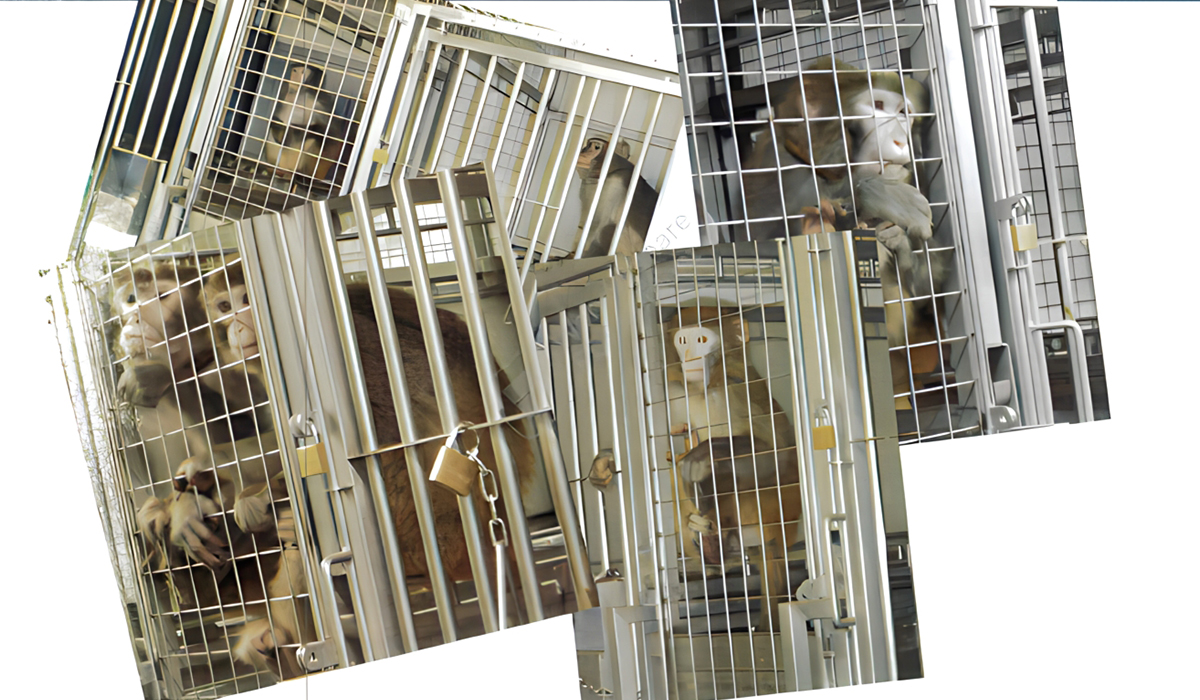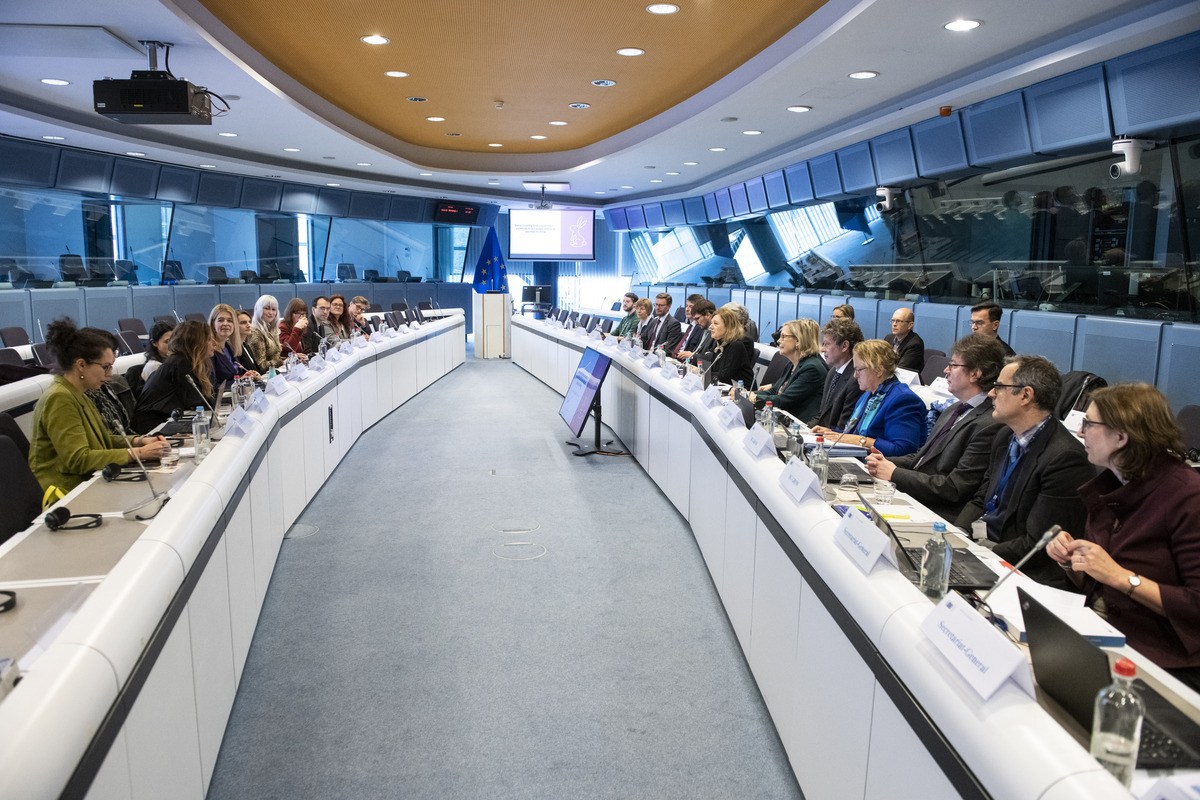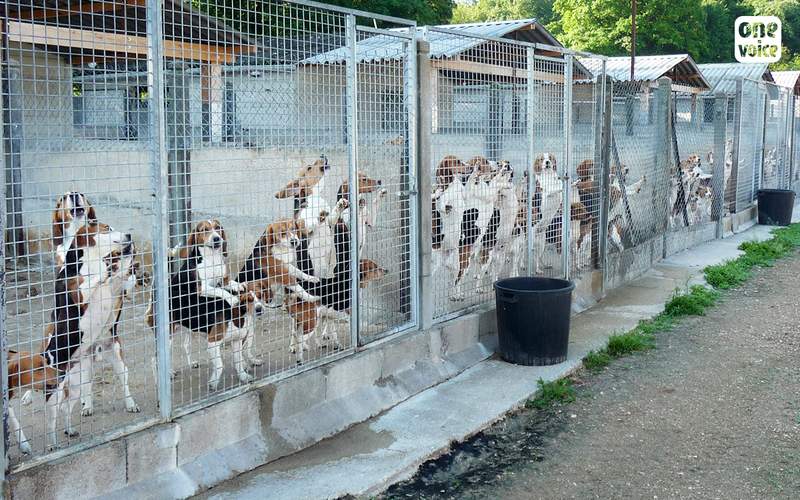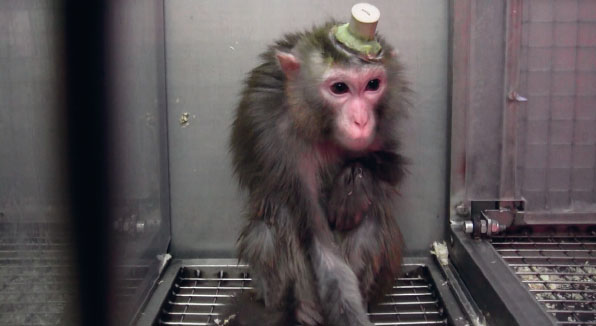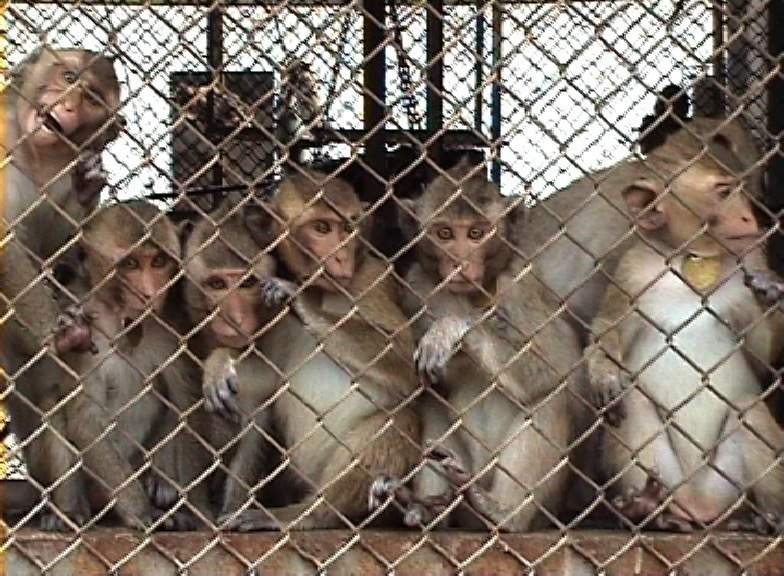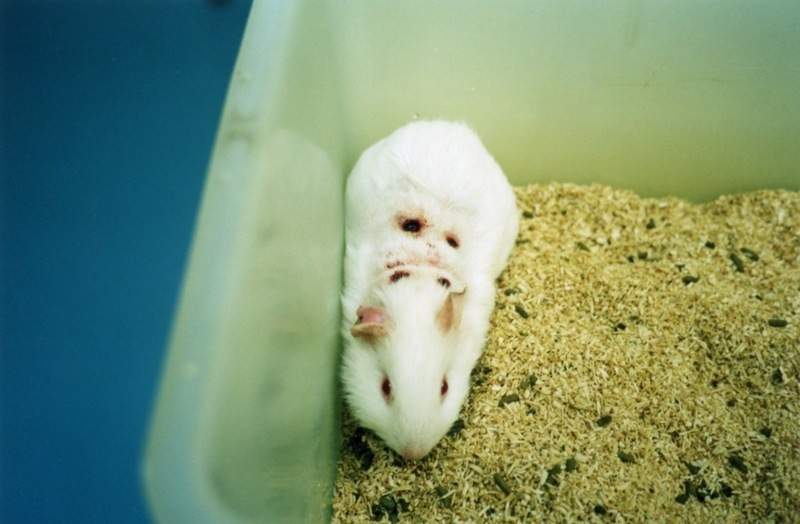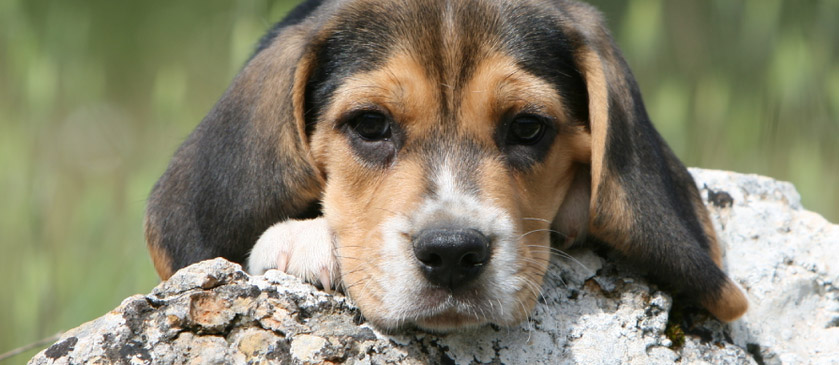

Animal experimentation
Tests whose cruelty no longer needs to be proven
Every year, millions of animals are still subjected to painful and stressful experiments in French laboratories, held in tiny cages where they have to endure burns, samples taken, electrodes implanted, various injections, tumours and serious diseases induced, before being killed.
While carefully maintaining total opacity about these practices, the animal experimentation industry maintains constant propaganda claiming that the framework is strict, that the animals do not suffer and that research cannot do without these horrors.
Yet French and European regulations, which are already very minimal, are not even followed properly by the laboratories, which are almost never penalised by the public authorities, even in the event of serious infringement. As for alternatives, while those that do exist are not always used, the development of new animal-free methods and reflection on the ethics of research are largely under-funded.
One Voice cannot tolerate sentient beings being deprived of their prospects of joy and relegated to the status of laboratory equipment. We do not have the right to exploit them in this way, because their lives belong to them.
Why are we fighting against animal experimentation?
Dogs
Since the end of the 1990s, we have been fighting for the closure of the two major French laboratory dog farms in Mézilles and Gannat, now owned by the US company Marshall.
Primates
Our fight to abolish the use of primates in experiments concerns the breeders (in particular in Mauritius and Vietnam), the importers (in particular the University of Strasbourg) and the laboratories themselves (whose shameful practices we reveal and whose closure we demand).
Other animals
Our concerns do not stop with large animals. We are also taking action on behalf of the hundreds of thousands of rodents, rabbits and fish, addressing the Ministry of Research directly to demand a ban on particularly cruel projects and the Ministry of Agriculture to press for controls and sanctions.
Transparency
One of the keys to the fight against animal experimentation is access to information. While the public authorities and the industry resist, we do not hesitate to go to court to obtain inspection reports, images and animal tracking sheets, so that we can better inform the public.
Collectives and advocacy
One Voice represents the European Coalition to End Animal Experiments (ECEAE) and Cruelty Free Europe in France, and is working with a group of French associations to take action within the FC3R Centre.
We are also in dialogue with French and European politicians to get things moving.
Key figures
An alarming fact
Our proposals
- Draw up a plan for phasing out animal experimentation.
- Massively fund the development of new animal-free testing and research methods.
- Achieve real transparency with free access to official documents (and in particular systematic publication of inspection reports).
- Prohibit "severe" procedures.
- Include animal rights associations and specialists in alternative methods on project assessment committees.
Resources
Discover all our resources on the subject of animal experimentation
History
